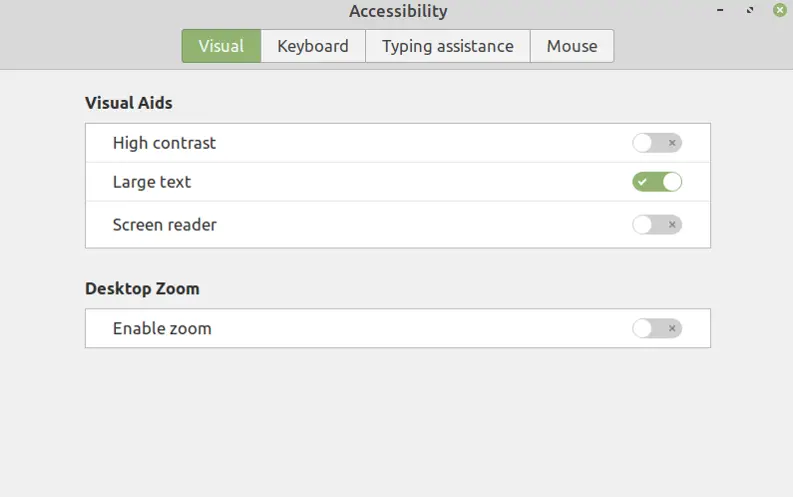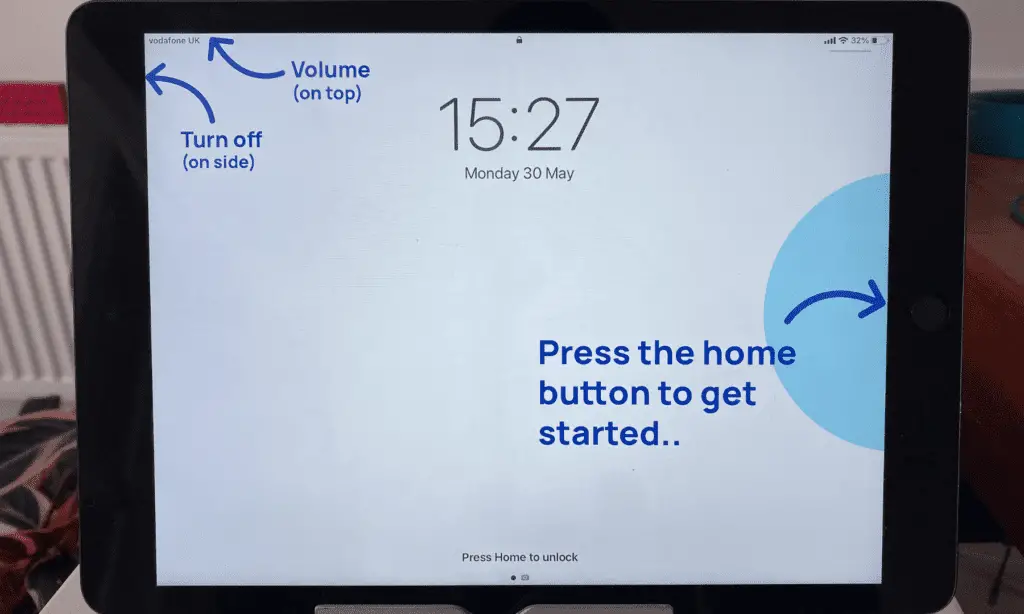Configuring Linux For Accessibility: Tools And Techniques

Executive Summary

Technology advancements have made it possible for individuals with vision, hearing, or physical impairments to leverage assistive technologies to have a better quality of life. However, these systems need proper configuration to cater to different types of disabilities. Linux, through fine tuning, offers several tools to enhance accessibility in a user-friendly manner.

Introduction
Linux is an open operating system that presents a world of opportunities in the accessibility sector. It offers support for a wide array of assistive technologies and frameworks, empowering users with disabilities to seamlessly interact with their computers.
Tools For Linux Accessibility
1. Orca
Description: Advanced screen reader designed for individuals with visual impairments.
Key Features:
- Supports speech synthesis and refreshable braille displays
- Provides detailed navigation and description of on-screen content
- Utilizes the GNOME desktop environment for intuitive integration
2. GNOME Accessibility
Description: Comprehensive suite of accessibility tools and options built into the GNOME desktop environment
Key Features:
- Screen magnifier and option for high-contrast themes
- Keyboard shortcuts and customizable mouse settings
- Advanced options for color correction and text-to-speech functionality
3. Accessibility Switcher
Description: Lightweight utility that simplifies the activation and management of accessibility settings
Key Features:
- Quick access to assistive technologies like screen magnifiers and keyboard modifiers
- Centralized control over accessibility options within a single interface
- Supports multiple user profiles for personalized settings
4. PulseAudio Equalizer
Description: Advanced audio configuration tool that allows users to fine-tune audio output for better listening
Key Features:
- Real-time adjustments to various audio settings like bass, treble, and balance
- Sound normalization for consistent audio levels across applications
- Accessibility presets specifically designed for individuals with hearing impairments
5. Emacspeak
Description: Text-to-speech system that integrates with the Emacs text editor
Key Features:
- Full text-to-speech capabilities within the text editor
- Supports multiple languages and customizable voice settings
- Allows for real-time speech feedback while editing and navigating text
Conclusion
Linux offers a robust set of tools and techniques for accessibility, allowing individuals with disabilities to navigate, interact with, and enjoy computing platforms. These tools are highly versatile and configurable, providing customizable options that meet the diverse needs of users. By embracing these tools, Linux users can break down accessibility barriers and unlock the full potential of open-source technology.
Keyword Phrase Tags
- Linux Accessibility Tools
- Assistive Technology
- GNOME Accessibility
- Screen Magnification
- Text-to-Speech

This is such an amazing article! I never knew that Linux is so accessible! I’m going to try out some of these tips right now!
I’m not so sure about this… I’ve tried using Linux before and it was really hard to use. I don’t think it’s very accessible.
This article is a great resource for anyone who is interested in making Linux more accessible. I’ve been using Linux for years and I’ve found that these tips are really helpful.
I think this article is wrong. I don’t believe that Linux is the most accessible operating system. I think macOS is much more accessible.
Wow, this article is so helpful! I can’t believe how easy it is to make Linux accessible. I’m going to go blindfold myself and try to use it right now.
Oh, wow, this is great! I can’t wait to try out all these accessibility features. I’m sure they’ll be really useful for me, since I’m not disabled.
I love how this article says that Linux is accessible for users with disabilities. I’m not disabled, but I’m still going to try to use it. I’m sure it’ll be a lot of fun!
This article is really interesting. I’ve never thought about using Linux before, but now I’m curious to try it out. I wonder if it’s really as accessible as it sounds.
Thank you so much for writing this article! I’ve been struggling to make Linux accessible for me, and your tips have been really helpful. I’m so grateful for your help!